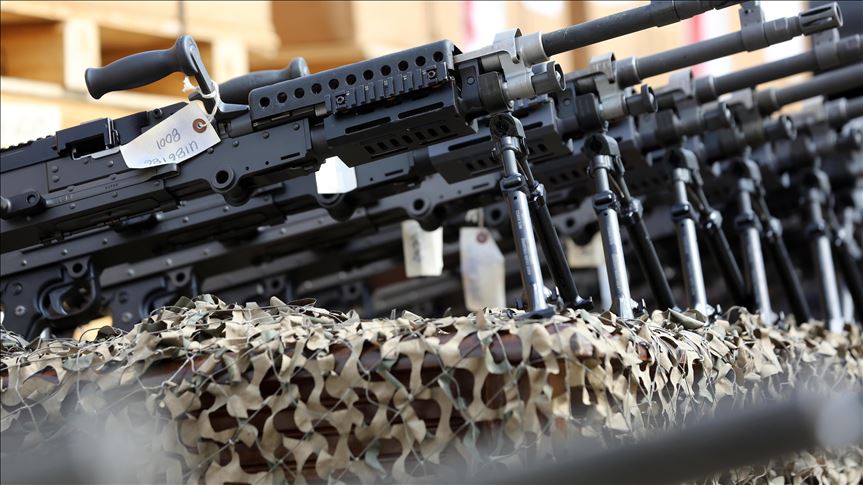
Sudan’s east is witnessing active arms trade, especially in the border region with Eritrea and Ethiopia, due to the ongoing war in the country for the past four months. The demand for arms has become so high that traders are struggling to meet it.
In a small market near the triangular border area between the three countries in eastern Sudan, an arms smuggler using the alias Wad Al-Daw said, “The demand for weapons has increased to the point where we can’t keep up.” The 63-year-old smuggler continued with a laugh, “What do you want? A Kalashnikov, a sniper rifle, or a pistol?” indicating the various types of weapons he has available.
The demand is now greater
An official revealed that authorities have also seized two shipments of weapons during the past months of the ongoing conflict: “One was south of the port of Suakin on the Red Sea, and the other near Kassala,” he stated, noting a number of other “small confiscation operations.”
Wad Al-Daw explains that the reason behind these seizures is that “previously, shipments would arrive every three months… now we receive a shipment about every 15 days.” Even before the outbreak of the war, the quantity of weapons in the country raised concerns for the government.
At the end of the previous year, a government-formed committee reported that there are “5 million pieces of weaponry in the hands of citizens, not including arms held by rebel movements in Darfur, South Kordofan, and Blue Nile.”
Salih (alias), a 35-year-old involved in arms smuggling, confirms that “the demand for arms trade is bigger today,” noting the appearance of new faces in the field, “individuals who have not previously been involved in it.”
Russian, American, and Israeli weapons
Saleh, a weapons smuggler, says that the customers’ interests have changed. He adds, “Demand used to be for pistols, but now people are interested in sniper rifles and machine guns.” He points out that available sniper rifles are “American or Israeli, with a few Iranian rifles.”
Regarding weapon prices, Saleh mentions that the Russian automatic rifle Kalashnikov is priced at around $2,000, compared to about $1,000 before the war.
The American sniper rifle price is around $8300, while its Israeli counterpart costs about $10,000 and is among the “most sought after,” according to Saleh.
Al-Butana region
The official specifically referred to the Al-Butana region, a vast flat area extending from eastern Sudan to the capital, passing through the states of Kassala, Al-Qadarif, Al-Jazira, and the Nile River. It serves as a smuggling corridor for weapons.
Wad Al-Daw adds from his perspective, “People in Al-Butana buy weapons because they are engaged in herding and agriculture. After the war in Khartoum, each one wants it to protect themselves.”
While the army accuses the RSF of being the primary buyers of the seized weapons, the RSF denies this. An officer from RSF said, “We are a regular force with known sources of armament. We don’t deal with traffickers. We catch them.”
Saleh says, “We deliver the goods to individuals in Al-Batanah and don’t inquire about their destination.”
